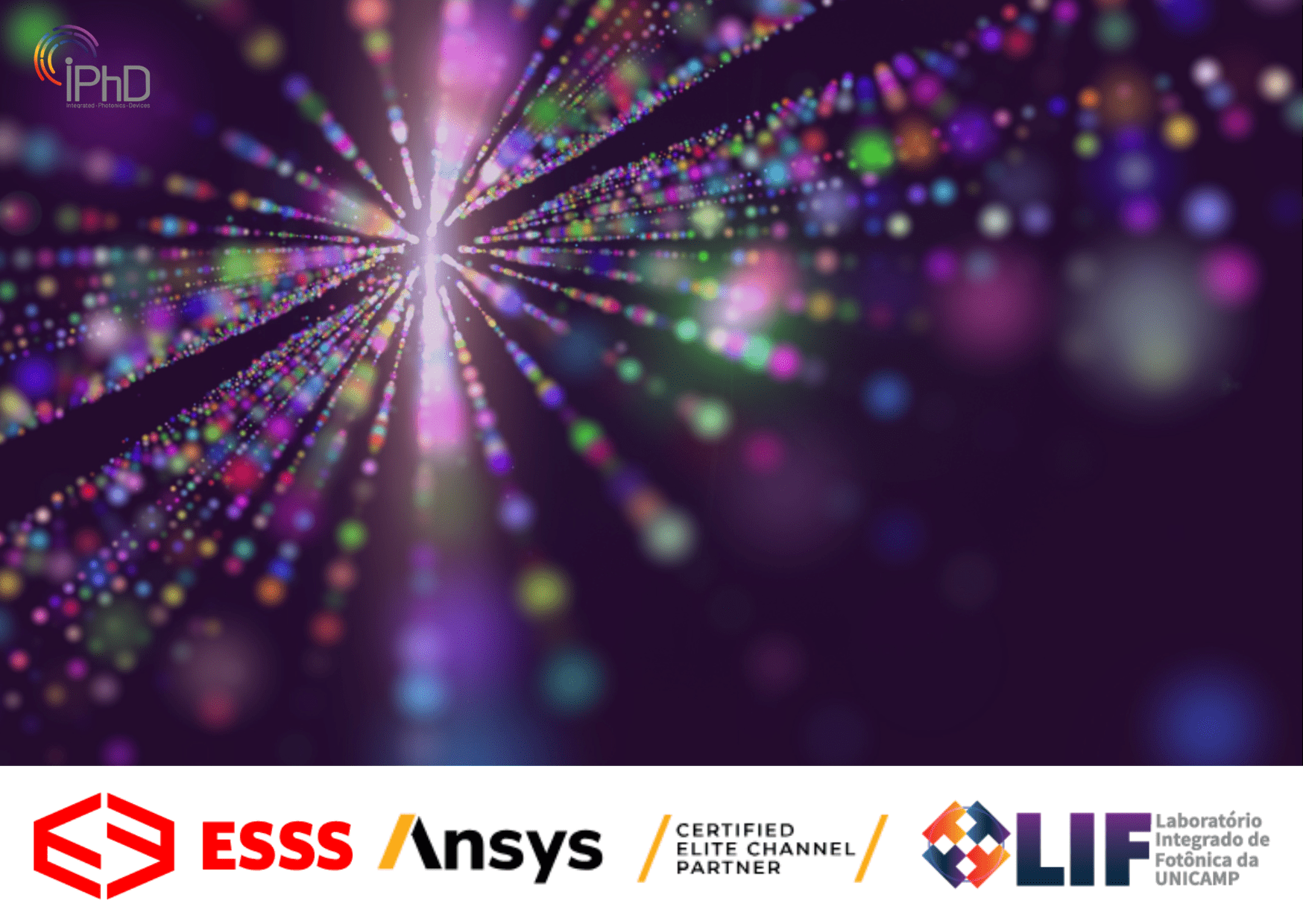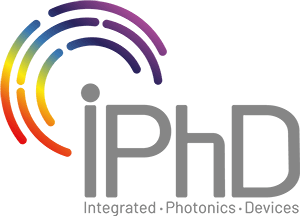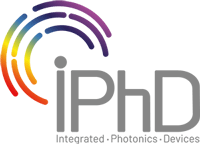March 15, 2024 Devices Research Laboratory (LPD) – Unicamp announces partnership with ESSS and boosts research in Photonics
In a landmark collaboration, Unicamp’s LPD partners with ESSS to revolutionize photonics research, leveraging cutting-edge engineering software and simulation tools.

Text by Greta Garcia
In an effort to promote excellence in research and innovation, the Unicamp’s Devices Research Laboratory (LPD) announces a strategic collaboration with ESSS (Engineering Simulation and Scientific Software), the official representative of Ansys tools. The partnership enables the use of engineering software and computational simulation tools that optimize project effectiveness, representing a significant milestone for the development of ongoing and future work, especially in the field of photonics.
As one of LPD’s branches, the Integrated Photonics Laboratory (LIF) has been distinguished for its dedication to innovation and entrepreneurship. With a particular focus on hybrid integration with silicon, an area of relevance in device miniaturization and the development of quantum photonics, the Laboratory has explored various geometries to optimize the coupling of two-dimensional materials and silicon waveguides.
LPD students have played a fundamental role in this process, utilizing Ansys’s advanced tools for photonic device simulation. Among the ongoing projects, the fabrication of interferometers and delay lines in thin film Lithium Niobate stands out, led by Higor Lorijola Vasques, an undergraduate research student under the guidance of Prof. Dr. Newton Frateschi. The project is expected to be completed by July 2024.
Other relevant projects are led by master’s students: Maria Carolina França Volpato focuses on Hybrid Integration with Silicon, and Kalebe Estevam Batista works on studying the production of MoS2-WSe2 heterostructure and the coupling of its photoluminescence into silicon waveguides. Both projects also have an expected completion date in 2024.
This collaboration with ESSS allows LPD to explore complex scenarios, validate theoretical models with experimental data, and accelerate the innovation cycle. The partnership not only strengthens LPD’s position as a center of excellence in photonics but also contributes to driving research in this field in Brazil.
It is important to note that both IPhD and LIF have their origins in LPD. These entities, which share a common history, now work in partnership on research and scientific development projects. This cooperation promotes an even more conducive environment for discoveries and future achievements in the field of photonics.
So far, two papers have been published as a result of these ongoing research efforts: “Analysis of Integrated Photonics with Saturable Absorption in the C-Band Employing 2D 1 T’-MoTe2 Monolayer” by Maria Carolina Volpato, Pierre-Louis de Assis, and Newton Cesário Frateschi, and “Saturable absorption in the c-band employing 2d 1t’-mote2“, authored by the same individuals with the addition of Henrique G. Rosa.
Both papers were presented at renowned conferences such as the 2023 International Conference on Optical MEMS and Nanophotonics (OMN), SBFoton International Optics and Photonics Conference (SBFoton IOPC), and 2023 IEEE Photonics Conference (IPC).
The international recognition of LPD’s work highlights the positive impact and relevance of the joint efforts between the Laboratory and ESSS. With this union of forces, it is expected that new discoveries and revolutionary advances will continue to emerge, consolidating Brazil as a hub of excellence in photonics and technological innovation.



